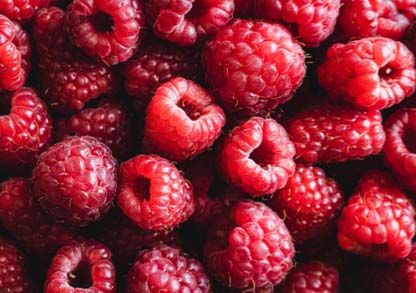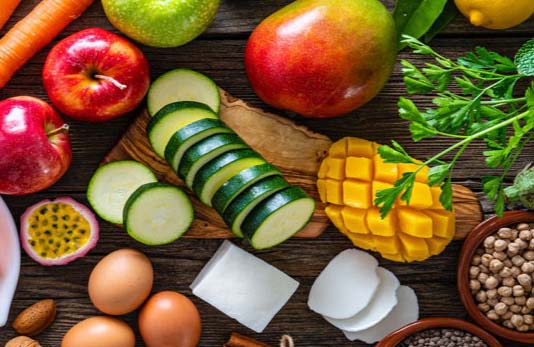How xylitol affects your teeth

If you’re looking to limit your sugar intake, consider the low-calorie sweetener called xylitol. It has a sweet-as-sugar taste, is safe for people with diabetes, contains a fraction of the caloric content of sugar and doesn’t cause tooth decay. In fact, there's evidence to suggest it can actually prevent cavities.
What is xylitol?
Xylitol is a naturally occurring compound found in many fruits, vegetables and grains. Because of its sweet taste, it can be used as a sugar substitute in chewing gum, mints and candies.
How does xylitol compare to sugar?
Xylitol differs from table sugar in these key ways:
- It contains fewer calories. Xylitol contains about 40% fewer calories than sugar. A gram of table sugar contains 4 calories, while the same amount of xylitol contains only 2.4 calories.
- It has a low glycemic index. Glycemic index is the measure of how quickly food raises blood pressure. With a glycemic index about 10 times lower than sugar, xylitol can be a safe alternative to sugar if you have diabetes.
- It doesn't cause tooth decay. While sugar promotes tooth decay by feeding cavity-causing bacteria, xylitol appears to inhibit the growth of Streptococcus mutans.
How does xylitol work?
Unlike sugar, xylitol doesn't encourage cavity-causing bacteria to produce acid. In fact, its molecular structure may actually inhibit the growth of these harmful bacteria. This helps you maintain a neutral pH, keeping the outer layer of your teeth intact.
What foods contain xylitol?
Xylitol naturally occurs in foods such as raspberries, mushrooms, corn and oats. But the low levels of xylitol occurring naturally in foods aren't sufficient to see cavity-fighting effects. It takes about 20 grams of xylitol a day to prevent decay — significantly more than the small amount amount naturally occurring in fruits, vegetables and grains.
When used as an additive, xylitol is typically extracted from birch trees or corn.
As an additive, xylitol is found most often in chewing gum and mints. Similar in sweetness and volume to sugar, the granular form of xylitol can be used in many of the same ways as sugar, including to sweeten cereals, jams and hot beverages. It can even substitute sugar in baking, except when sugar is needed to help yeast rise.
Check the ingredients to see if a product contains xylitol. Generally, for the amount of xylitol to be at decay-preventing levels, it must be listed as the first ingredient.
If you can't find any xylitol-based products in your local grocery store, head to the nearest specialty health food store, or shop online.

Is xylitol safe?
Xylitol has been approved as a food additive by the Food and Drug Administration since 1986. But watch your intake! High amounts of xylitol can cause diarrhea and intestinal gas. Because long-term effects aren't clear, you may want to steer clear of xylitol if you're pregnant or breastfeeding.
And, although it's safe for humans, even small amounts of xylitol can be fatal to dogs. Keep xylitol products out of reach of pets. If your dog swallows any foods containing xylitol, call your vet immediately.
Recipe: Almond cookies with xylitol
Looking for a new xylitol recipe? Try this tasty dessert. These scrumptious almond cookies rely on xylitol for their sweet flavor.

Last updated January 31, 2022
Related articles:
The oral health information on this website is intended for educational purposes only. Always consult a licensed dentist or other qualified health care professional for any questions concerning your oral health.


